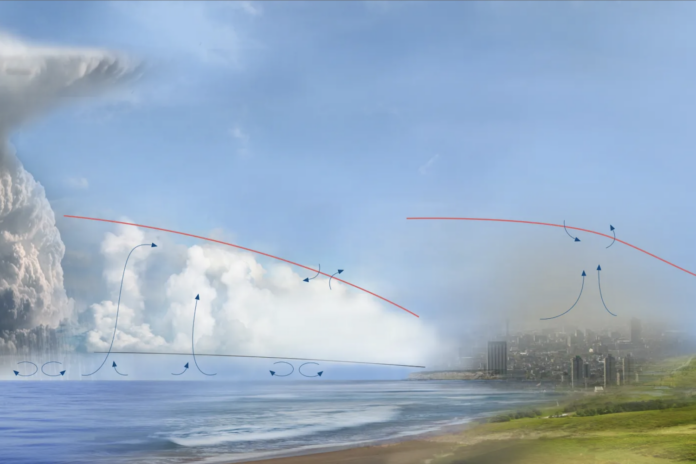In Short:
In the United States, truck drivers deliver parcels daily, facing challenges like long distances, delays, and customer preferences. Researchers, including Matthias Winkenbach from MIT, are using AI and machine learning to optimize delivery routes efficiently. Traditional methods involve defining objectives and constraints, while newer methods learn from existing routing solutions. Machine learning models can adapt to changing environments and handle complex, high-dimensional objectives that traditional methods struggle with, impacting the logistics industry positively.
Optimizing Last-Mile Delivery Routes Using AI and Machine Learning
Across the country, hundreds of thousands of drivers deliver packages and parcels to customers and companies each day, with many click-to-door times averaging only a few days. Coordinating a supply chain feat of this magnitude in a predictable and timely way is a longstanding problem of operations research, where researchers have been working to optimize the last leg of delivery routes. This is because the last phase of the process is often the costliest due to inefficiencies like long distances between stops due to increased ecommerce demand, weather delays, traffic, lack of parking availability, customer delivery preferences, or partially full trucks — inefficiencies that became more exaggerated and evident during the pandemic.
Challenges in Vehicle Routing Problem
Q: What is the vehicle routing problem, and how do traditional operations research (OR) methods address it?
A: The vehicle routing problem is faced by pretty much every logistics and delivery company like USPS, Amazon, UPS, FedEx, DHL every single day. Simply speaking, it’s finding an efficient route that connects a set of customers that need to be either delivered to, or something needs to be picked up from them. It’s deciding which customers each of those vehicles — that you see out there on the road — should visit on a given day and in which sequence. Traditionally, a route planner had to come up with good estimates for various parameters, making blanket assumptions due to the lack of stop-specific data available.
Utilizing Machine Learning for Optimization
Q: You’re currently applying machine learning to the vehicle routing problem. How are you employing it to leverage and possibly outperform traditional OR methods?
A: The MIT-IBM Watson AI Lab researchers are training models on existing routing solutions to optimize the route learning process. By leveraging machine learning models inspired by language processing, they aim to find more efficient ways to connect delivery stops in a cost-effective and fast manner.
Advantages of Machine Learning Approach
Q: What advantages does a method like yours have over other state-of-the-art OR techniques?
A: The machine learning approach offers the advantage of being able to adapt quickly to changing operational environments, provide solutions instantly, and capture complex objectives beyond just cost optimization. It also has the potential to impact real-world industries positively, especially in the logistics sector.





